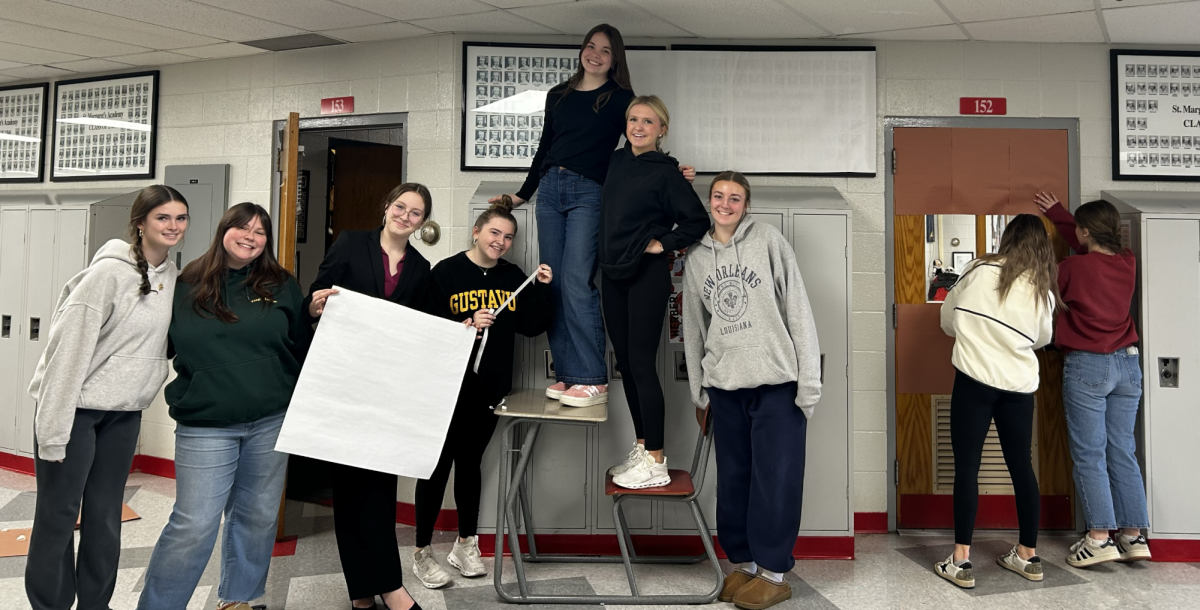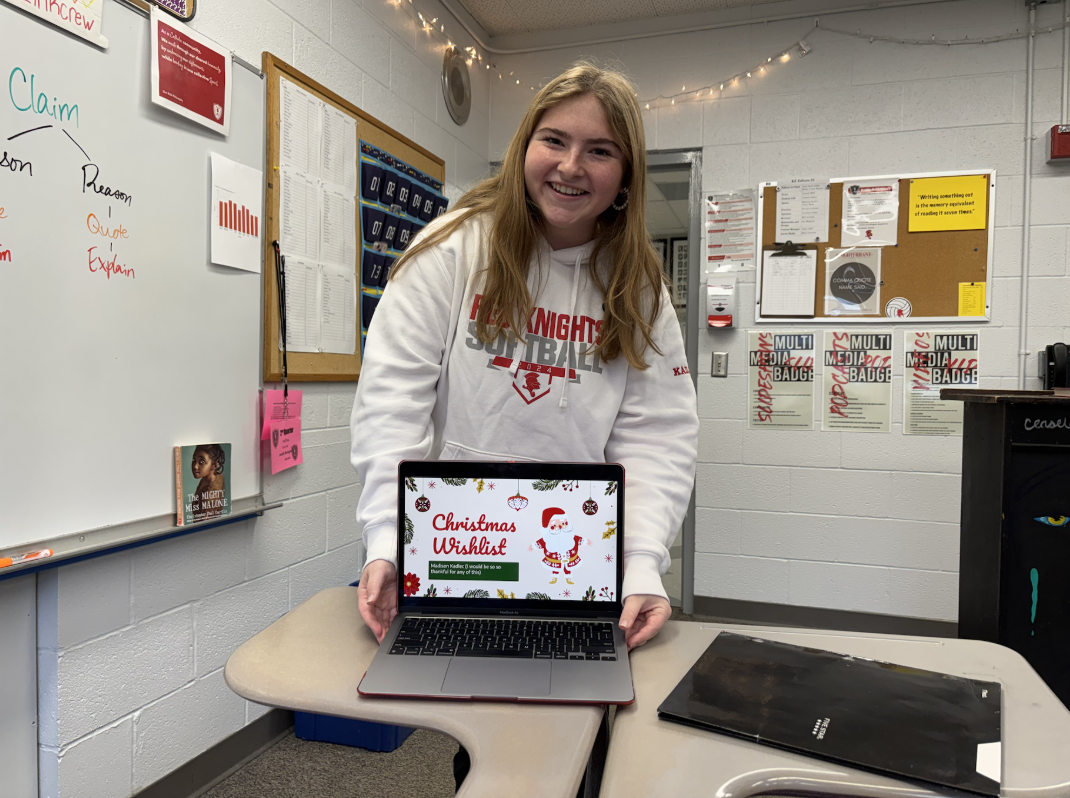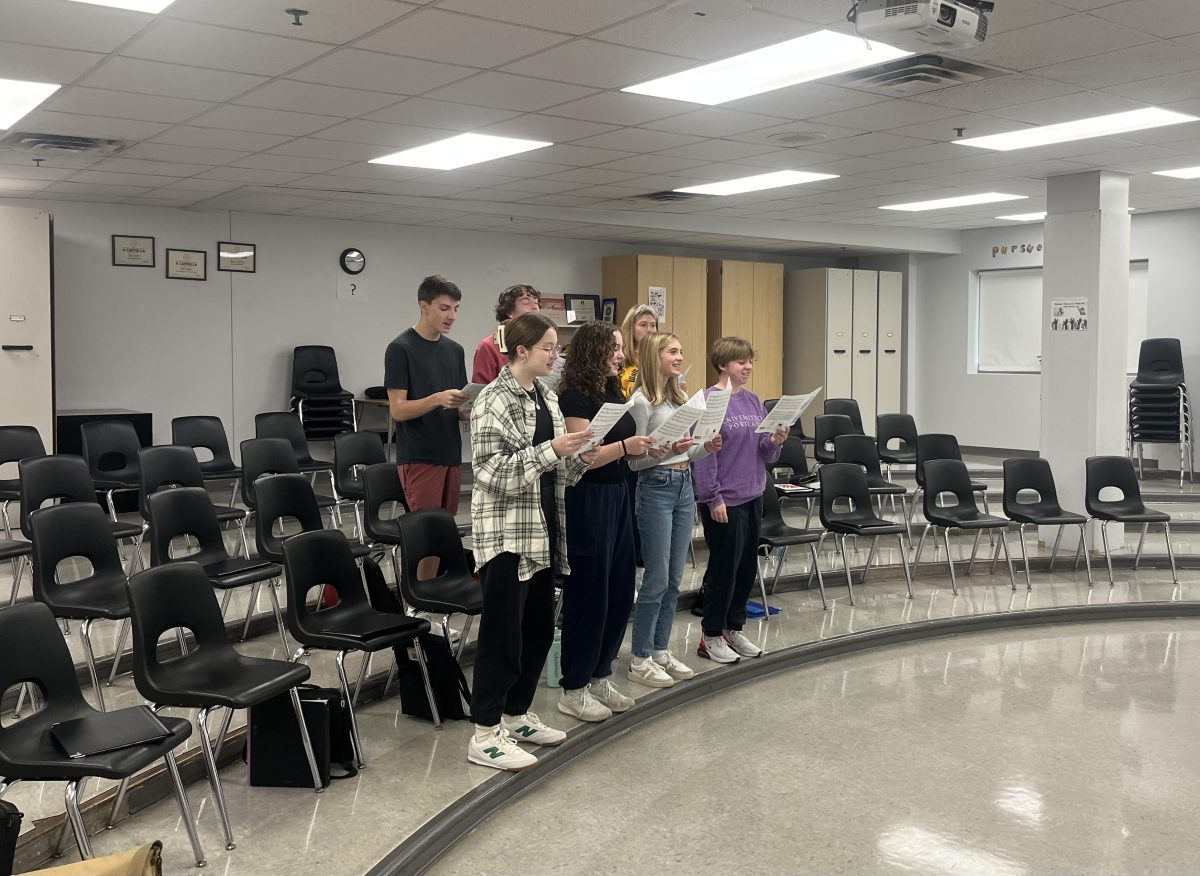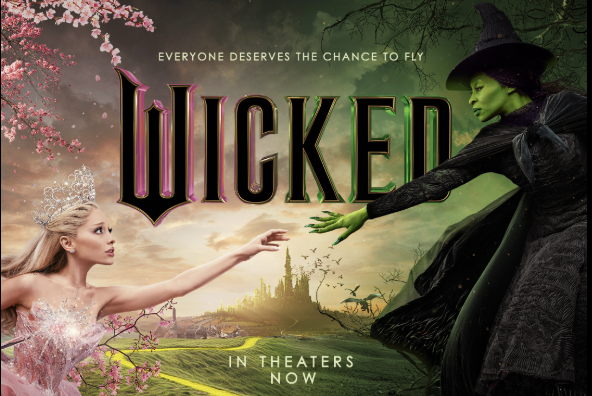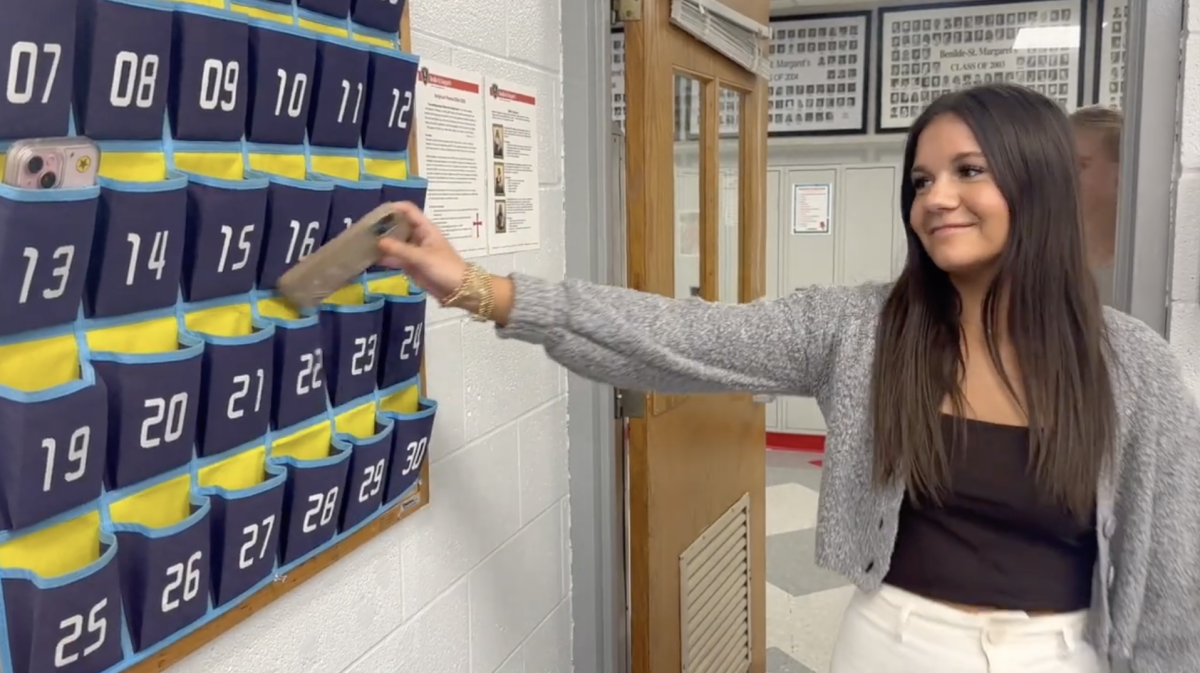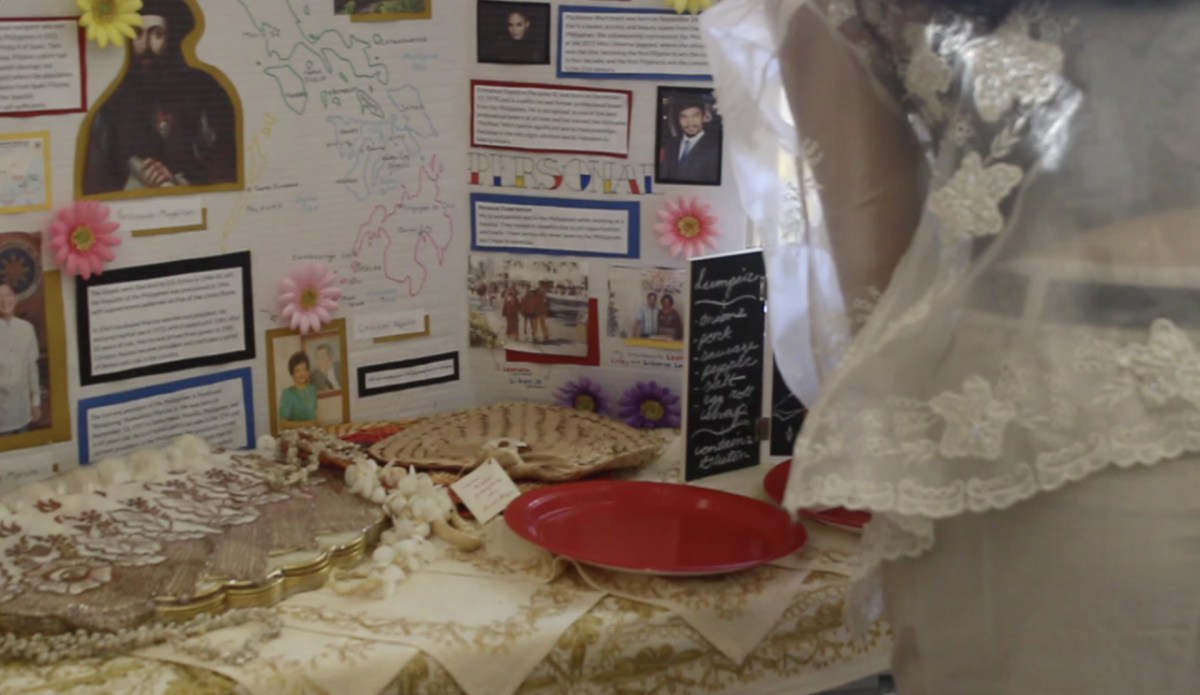Transpiring at the McGuire Proscenium Stage at the Guthrie, the award-winning drama “A Raisin in the Sun” reveals the story of a struggling African-American family living on Chicago’s south side in the 1950s. Honored as the first black play with a string of all-black principal cast members hitting the “big time,” Lorraine Hansberry’s “A Raisin in the Sun” celebrates its 50th anniversary since its Broadway debut in 1959.
Commemorated by Penumbra’s artisitic director, Lou Bellamy, such a milestone provides an introspective look at ongoing fragments of social justice issues of the time.
Initially taking center stage in the Cleveland Playhouse, this edition of “A Raisin in the Sun” has made its way south to Tuscon and Phoenix, and has finally returned to its original Midwest platform in the Twin Cities. Consequently, the play has been shaped over time by the particular influences and perspectives of the Midwest: “We understand that when we are from the Midwest, we understand the allusions, we understand the particular perspective that we have on country and the world,” said director Lou Bellamy.
Having previously assembled a cast for the drama at the Kansas City Repertory Theatre 4 or 5 years ago, Bellamy has succeeded in reuniting the “family” of talented actors and actresses: “I was able to pull many of these people back together because the experience was so satisfying for them,” said Bellamy.
Such family members include main characters Franchelle Stewart Dorn, David Alan Anderson, and Erika LaVonn, and “adopted” member Garbleejee Zeogar who is a young boy from the Twin Cities fulfilling the role of understudy. “I’ve been rehearsing with him for about a month and he’s just raring to go and be a part of the family,” said Bellamy.
Of all the present performing artists, Bellamy has called attention to the sheer talent of David Alan Anderson who plays Walter Lee Younger: “He brings a kind of visceral nature and performance to the piece that isn’t a part of any production I’ve ever seen. Most of the productions that I’ve seen, save this one, turn on the great literature that is Lorraine Hansberry,” said Bellamy. Alongside other talented artists, it is evident that Bellamy’s handpicked cast reveals their character’s deep complexity while remaining accustomed to the poor circumstances for a black family in that time period.
“Indeed, the civil rights sort of shadow that is cast on this play and the advocacy for rights, [and] equal opportunity in housing and so forth were only seen by most of America when it showed up on the picket line or in court,” said director Lou Bellamy, “You can sort of see the cost and challenges of that policy, in the country, in a way that it begins to affect a family.”
The plot line provides a vital and hopeful portrait of one family’s search for the American dream. Recently widowed and elderly head of the house, Lena Younger (Franchelle Stewart Dorn) receives a $10,000 check from her late husband’s life insurance, providing a glimpse of optimism in a cramped tenement of five. “It represents an opportunity for many of the dreams to come true, that each of the family members have,” said Bellamy.
Each individual encompasses an individual dream: grandmother Lena Younger yearns for a warm home for her family, 20-year-old daughter Beneatha Younger (Bakesta King) hopes to endure the heavy expenses of medical school, son and husband Walter Lee Younger (David Alan Anderson) harbors get-rich-quick dreams of self-reliance and security for his family, and mother and daughter-in-law Ruth Younger (Erika LaVonn) ponders the thought of abortion in order to provide for her husband and only son, Travis (Garbleejee L. Zeogar).
In time the entangling of these conflicting dreams and aspirations distorts what was thought to be a new-found prospect of future happiness. As one dream is fulfilled, another is deferred in the web of unfortunate circumstances, and a dysfunctional yet loving family is brought to light. “Because of this inheritance check, the play turns on what happens to each of the individuals placed in this crucible,” said Bellamy.
Entrenched in the heat of arguments and gratified by resilient threads of compassion, Bellamy’s “A Raisin in the Sun” maintains impartial elements of artistic talent, authenticity, and an endurable message that has upheld a prized piece of literature. “I think it speaks to a very clear mission, a very clear aesthetic, and a quality of art that you come back to and you rest upon,” said Bellamy, “Fortunately, we’ve sort of always known where we came from and where we’re going.”








